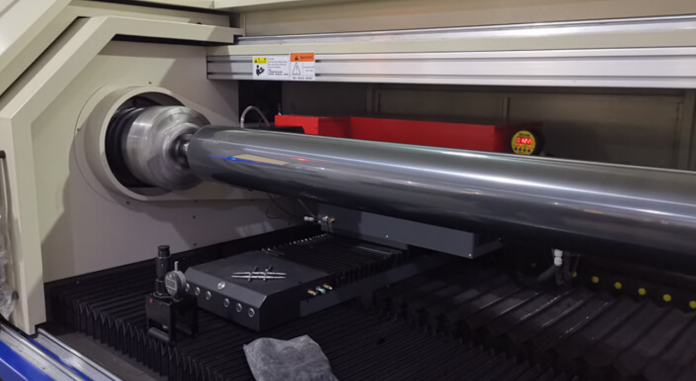Making photopolymer plates involves a vital step where UV exposure plays a noteworthy part. Photopolymer plates are essential in flexographic printing since they can create high-quality prints with intricate points of interest. UV exposure is basic amid the plate-making preparation because it initiates a chemical response within the photosensitive gum.
This response causes the tar to solidify and cross-link where uncovered to UV light https://www.laserengravingmanufacturers.com/flexo-printing-plate-making/, shaping the relief picture that will exchange ink onto the printing substrate. The precision and resolution of this help picture directly impact the print quality and consistency of the ultimate output. Furthermore, UV presentation guarantees that photopolymer plates are strong sufficient to resist the rigors of the printing handle, making them appropriate for different applications in bundling, labeling, and commercial printing businesses.
Role of UV Presentation in Photopolymer Plate Making:
Photopolymer plates depend intensely on UV light to convert a photosensitive gum into a solidified, strong material appropriate for flexographic printing. The method starts with the application of a photosensitive resin onto a support material, regularly a thin sheet or barrel. This resin layer acts as the establishment of the photopolymer plate and is vitally delicate to UV light. Another.
The plate is exposed to UV light through a film negative that contains the image planning for printing. Amid introduction, the UV light triggers a chemical response inside the photosensitive resin. The plate experiences a washing and prepares to expel the unexposed ranges of the gum. This washing step regularly includes employing a dissolvable or water to break up and wash absent the uncured resin, taking off behind a raised help picture on the plate surface.
Hardness and Durability
UV presentation is vital for curing the photopolymer tar, guaranteeing that it gets to be adequately difficult and strong. Completely cured plates are essential for withstanding the mechanical stresses of the printing preparation, counting the weight applied by the impression barrel.
Resolution and Picture Quality
Appropriate exposure to UV light guarantees high-resolution printing. The exactness and detail of the printed picture depend on how effectively the photopolymer resin responds to UV presentation and how well the plate holds the help picture after preparation.
Consistency
Controlled UV introduction is essential to realize reliable plate quality over different plates. Varieties in presentation time or concentration can lead to irregularities in plate hardness, which may influence the print quality and plate life span.
Natural Variables
The viability of UV presentation can be affected by natural conditions such as temperature and mugginess. Producers regularly optimize presentation parameters to account for these factors and guarantee steady plate quality.
Plate Life span
Appropriately uncovered photopolymer plates display more noteworthy resistance to wear and tear amid the printing handle. They keep up their dimensional soundness and print judgment over longer print runs, contributing to general effectiveness and cost-effectiveness in printing operations.
Driven UV Innovation
Conventional UV lights are progressively being supplanted by LED-based UV presentation frameworks. Driven UV offers points of interest such as vitality proficiency, exact control over presentation wavelengths, and decreased warm output, which can contribute to made strides in plate-making consistency and decreased natural effect.
Digital Workflow Integration
Digital innovations permit more exact control over UV exposure preparation. Computer-to-plate (CTP) frameworks dispose of the requirement for film negatives, permitting coordinated computerized imaging onto photopolymer plates. This diminishes setup times and improves plate exactness, minimizing blunders in plate generation.
Automation and Effectiveness
Modern plate-making systems incorporate mechanization highlights that optimize UV presentation times and force based on plate type and work necessities. Automated workflows streamline generation, move forward plate consistency, and diminish labor costs related to manual plate-making forms.
Conclusion
UV introduction is a basic figure within the generation of photopolymer plates for flexographic printing. It plays a significant part in deciding the hardness, determination, strength, and in general quality of the plates. Propels in UV introduction innovation, such as advanced workflows, have encouraged improved proficiency and accuracy of photopolymer plate-making forms. Understanding the impacts of UV introduction on photopolymer plates empowers printers to optimize plate generation, accomplish prevalent print quality, and upgrade operational proficiency in flexographic printing situations.










